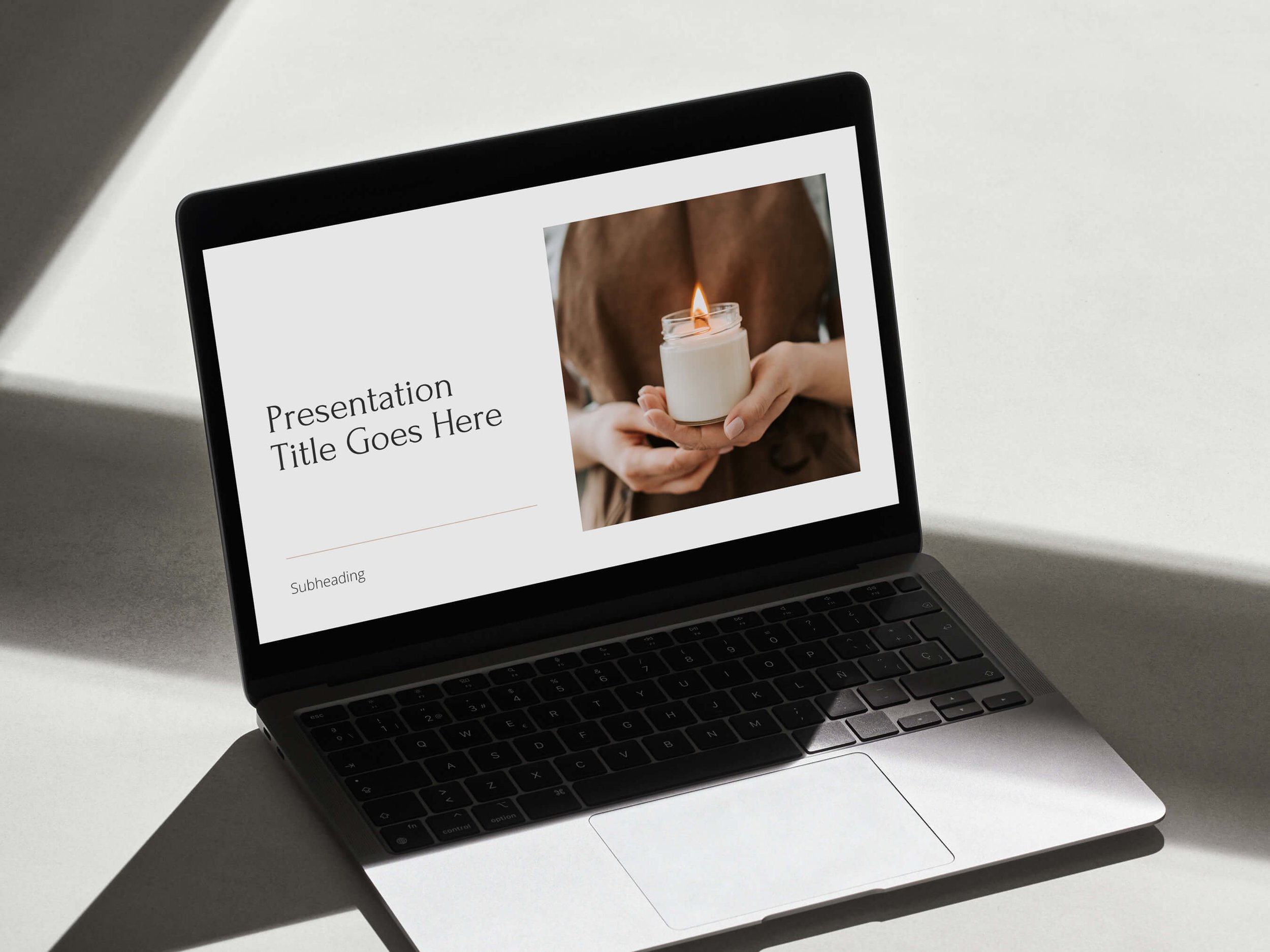In the Movement: Planning the Perfect Corporate Fitness Workshop
Whether you’re offering weekly lunchtime classes or annual away days, tapping into the world of corporate workshops can be a great way to help people incorporate their health and fitness goals into their daily life. But a well-designed workshop can be so much more than just a collection of exercises - follow our guidance to help you carefully craft an experience that delivers tangible results and keeps your clients coming back for more.
Find Your Niche
In a corporate workshop, it is likely that the attendees will be of mixed abilities with different individual needs, so it’s important to find a common thread. Focusing on a specific area of health or fitness that directly addresses the company's goals, aligns with the employee demographics and is sympathetic to their working environment can help you to develop classes that are relevant and helpful for all in attendance. For example:
A Sedentary Workforce might appreciate classes on desk stretches, ergonomics and movement breaks.
Employees in a High-Stress Environment could probably do with mindfulness and meditation workshops, stress management through exercise and relaxation techniques.
Busy Professionals would most likely value quick and easy nutrition tips, short and effective workouts, and time management for fitness.
Create Clear Learning Objectives
Before you start planning activities, define specific, measurable, achievable, relevant and time-bound (SMART) learning objectives. Consider what the participants will be able to do differently after the workshop, rather than just the theoretical outcomes. This will help you to provide direction for your workshop and allow participants to track their progress, as well as demonstrate the value of the workshop to the company. For example:
Instead of: "Learn about healthy eating."
Try: "Participants will be able to create a weekly meal plan that incorporates at least three servings of fruits and vegetables daily."
Instead of: "Understand the benefits of exercise."
Try: "Participants will be able to demonstrate proper form for five basic strength training exercises."
Make It Interactive
An interactive format for your workshop is essential for maximising learning outcomes and keeping your participants engaged. To help with the structure, consider the following points:
The "Why” - Start with a concise introduction to cover key concepts, explain the benefits of the exercises and set the stage for the practical component. Incorporating a visual element, such as a powerpoint presentation or handouts, can be helpful too.
The "How" - Demonstrate the exercises clearly, provide modifications for different fitness levels and offer individual feedback.
The "We" - Incorporate group activities to encourage participation, interaction and team building. Partner exercises, challenges, and games can be a great way to break the ice and create a sense of community.
The "What" - Allow ample time for a Q&A session at the end to address any questions and encourage discussion. This is a chance for participants to clarify any doubts and get personalised advice.
Time It Right
Take into consideration the amount of time you have been given to deliver your workshop, as well as the time of day it will be taking place. This will inform the length, subject matter and the depth at which you will address the topic so that it fits the company’s schedule.
Lunch-and-Learns (30-60 minutes) are ideal for quick introductions to a topic, desk stretches or mindfulness exercises.
Half-Day Workshops (2-4 hours) are suitable for more in-depth explorations of topics like nutrition, stress management or basic strength training.
Full-Day Workshops (6-8 hours) are best for comprehensive programs that involve a combination of theory, practical exercises and group activities.
Let Them Leave with Something
The learning doesn’t need to stop when the workshop ends. By preparing handouts, exercise guides and/or links to online resources, participants can continue on their fitness journey. This helps to reinforce the information you've covered, provides them with the tools they need to maintain their progress and feel they have taken away something extra of value.
By carefully considering these elements, you can create a corporate fitness workshop that's not only informative and engaging but also truly transformative, empowering employees to take control of their health and well-being.
Using design can also help give your workshops and presentations a boost - sneak a peek at our range of beautiful templates below!






